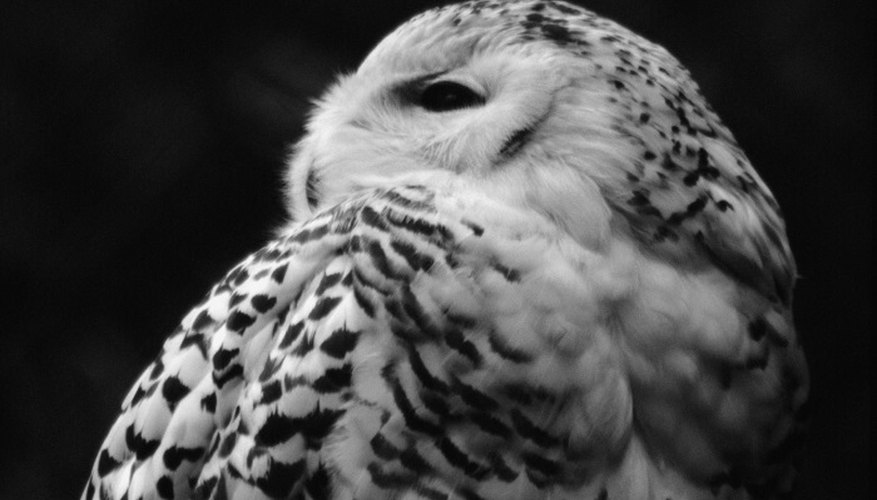Owls produce pellets because they cannot digest certain parts of their prey. Owls regurgitate pellets about 20 hours after an owl eats, and they are tightly compacted masses of hair and bone from the owl's earlier meal. Dissecting owl pellets shows you what the owl ate, but before doing so, sterilise the pellets to kill off any parasites and to mitigate the smell of the pellets themselves.
- Owls produce pellets because they cannot digest certain parts of their prey.
- Dissecting owl pellets shows you what the owl ate, but before doing so, sterilise the pellets to kill off any parasites and to mitigate the smell of the pellets themselves.
Put on a pair of rubber gloves to keep the smell of the pellets from getting on your hands.
Wrap the owl pellets individually with strips of aluminium foil. One or two layers of foil will be enough for this process.
Place the owl pellets in the oven.
Bake the owl pellets at 165 degrees Celsius. The heat will kill any living organisms that might still be present in the pellets.
Remove the owl pellets after 30 minutes.
Allow the pellets to cool. At this point, they are sterile and ready to dissect.
